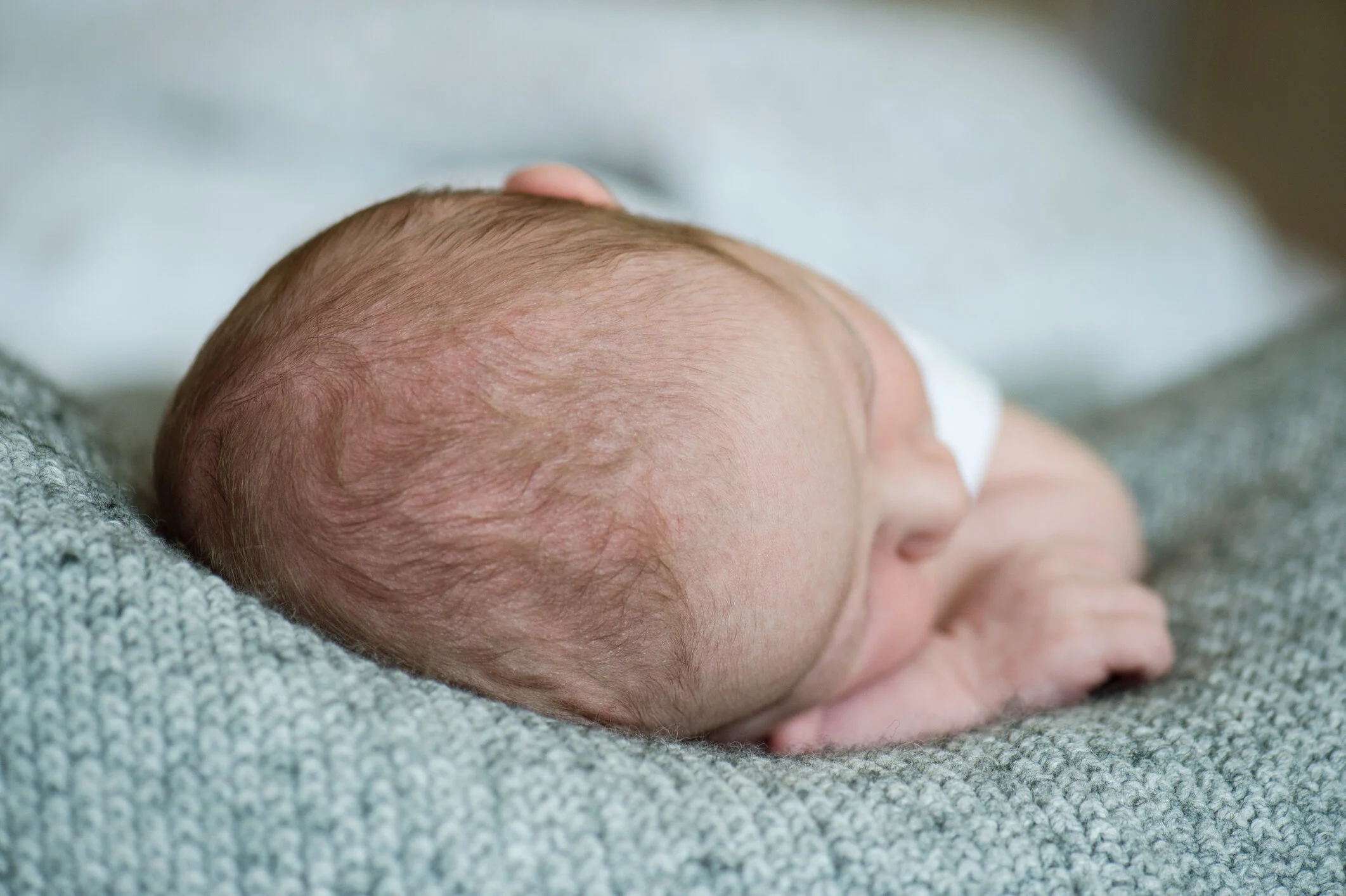Some babies may require a customized orthotic helmet to correct their plagiocephaly.
A few things to keep in mind when considering a helmet:
The optimal time to use helmet is between 5 and 7 months of age, when the baby's head is rapidly growing. That being said, helmet therapy can be initiated as late as 12 months old.
Having an assessment by an orthotist at 4 months of age is ideal, to allow time to monitor for change and make a decision prior to 5 months of age.
Torticollis (tight neck muscle) or a delay in motor skills can make strategies like counter positioning more difficult and less effective.
Given that plagiocephaly does not impact brain growth or development, correction is often considered “cosmetic only”. However, severe asymmetries can affect things like wearing glasses or sporting helmets
You do not need a referral to have an assessment by an orthotist or a physiotherapist.
If you are at all concerned about the shape of your baby’s head, speak to your health care provider.




